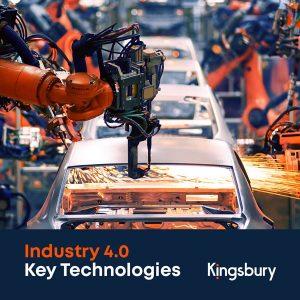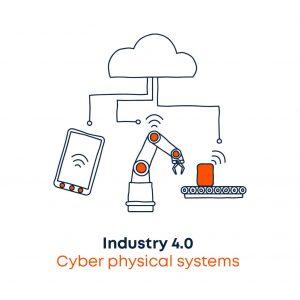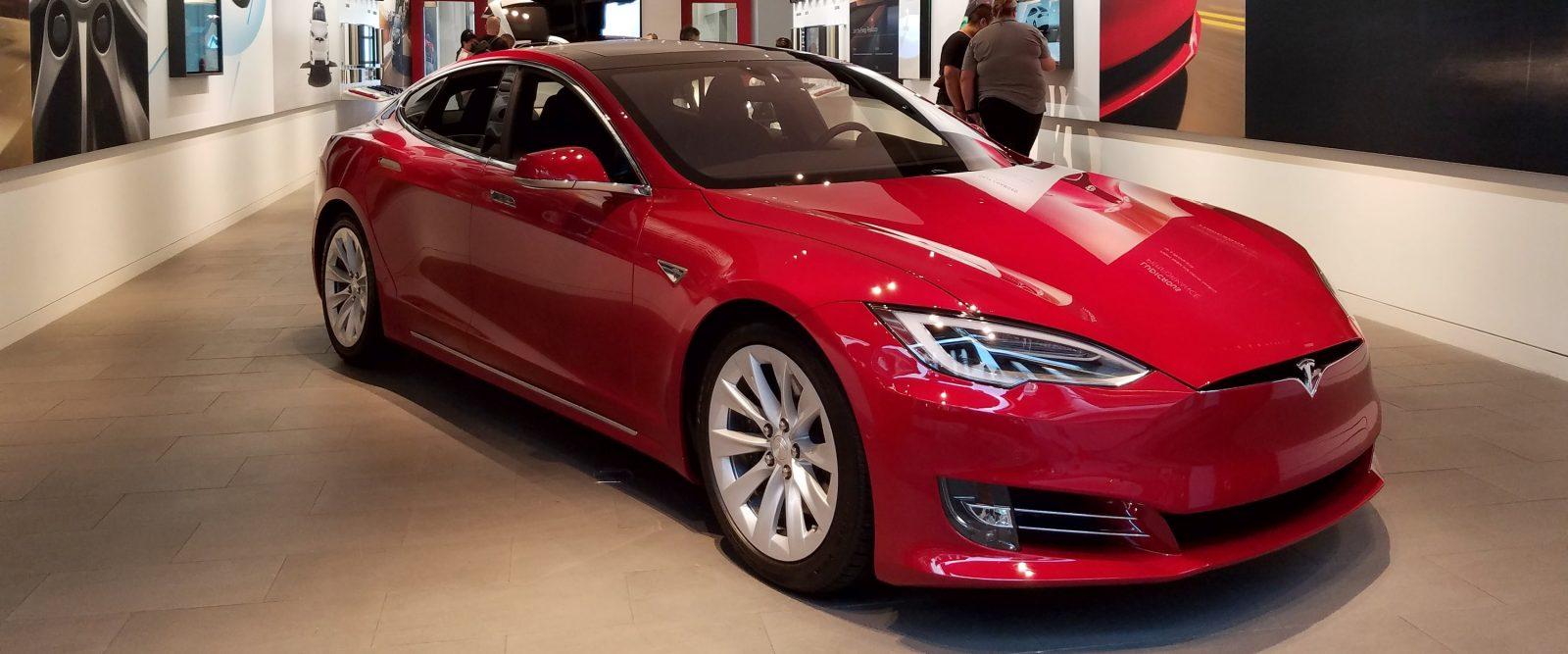
The technology behind Industry 4.0
Factories are no longer tied to one specific technology or software. I...

Future trends for Industry 4.0 for 2019 and beyond
The future of Industry 4 is continuously evolving as existing technolo...

The automotive industry is a 110-year-old titan that took its first steps when the model T rolled off the production line in 1908. Ever since then, the industry has grown to the point where 71 million cars were produced in 2018. This is a massive increase when compared to the 2 million model T cars made at the peak of their production. From these numbers it should be clear that any major change to the automotive industry will have far reaching financial implications.
Here are some of the key automotive industry trends on the horizon:
Over the past 10 years the rate of the electrical revolution has been growing steadily to the point where it’s dominating all media related to the automotive industry. There are currently over 270 electric vehicle based start-ups, with 25 fully electric models being launched in 2019 alone. Over the next 20 to 40 years, electric vehicles will make up a significant portion of new vehicle sales. This is due to their numerous industrial, environmental and consumer advantages. According to a study performed by the IMF and Georgetown University, over 90% of passenger vehicles in North America and Europe could be electric by 2040. This is certainly at the top end as far as predictions go, but it paints a dire picture for any automotive companies who are not taking the electrical revolution seriously. This is partly why all major automotive companies are beginning the process of retooling for the electrical revolution. Pure electrical companies like Tesla have a major head start and stand the chance of dominating future markets if they can successfully scale up production.
There is still a long way to go from current cruise control and lane changing systems (level 1 & 2 on the autonomy scale) to full autonomy (Level 5). However, autonomous vehicles are fast approaching. In fact, companies like Tesla are predicting fully autonomous vehicles within the next 2 years. It must be noted Tesla deadlines tend to be overly optimistic but bear in mind that over 1.2 billion miles (1.9 billion kms) of real-world driving data has been collected from their vehicles. With such a massive data set the problem moves away from a hardware challenge to a software one (an incredibly complex one). Software problems can be iteratively solved a lot faster than the typical prototyping and testing required with hardware. Despite the major players in the autonomous race using fundamentally different hardware, the first one to master the software challenge will come out on top. Therefore, data is one of the keys to achieving vehicle autonomy. Machine learning algorithms can be set loose on large collections of driving data to improve the overall capability of the system faster than human developers can.
With the arrival of autonomous vehicles, an exciting new phenomenon will emerge for automotive industry trends – ride sharing – which basically refers to autonomous taxis. Companies like Uber and Lyft are investing heavily in ride-sharing technology, and whoever perfects the required systems first will get a major head start in the industry. Removing the driver from the equation will dramatically increase profits as well as provide a consistent experience for their customers. Tesla has a slightly different approach by allowing private owners of Tesla vehicles to let their vehicles work for them when they are not using them. If this works as expected, then buying a vehicle that is not capable of generating an income on the side, will simply be a terrible financial decision. There are of course many non-technical challenges that come with this concept such as legal liability in the case of accidents and damage to property. However, there will be very little to stop the momentum once these systems come online.
Industry 4.0 is steadily permeating through all manufacturing industries and is especially prevalent in the automotive industry. From improved productivity and customer experience to cost reduction, no other development in the automotive industry will be more transformative than the fourth industrial revolution. In fact, the other technologies mentioned previously will only enhance its benefits. Vehicles themselves will become IoT devices that can communicate amongst themselves, receive software updates to improve capabilities and even self-diagnose and schedule maintenance. In fact, a recent software update in Tesla vehicles will automatically detect a problem in a vehicle and order and deliver the component to the nearest service centre. This is the very essence of Industry 4.0.
The automotive industry will be facing more fundamental changes in the next 20 years than it has faced since the first Model T rolled off the production line. The above automotive industry trends will change the face of the industry for the next 100 years.

Factories are no longer tied to one specific technology or software. I...

The future of Industry 4 is continuously evolving as existing technolo...